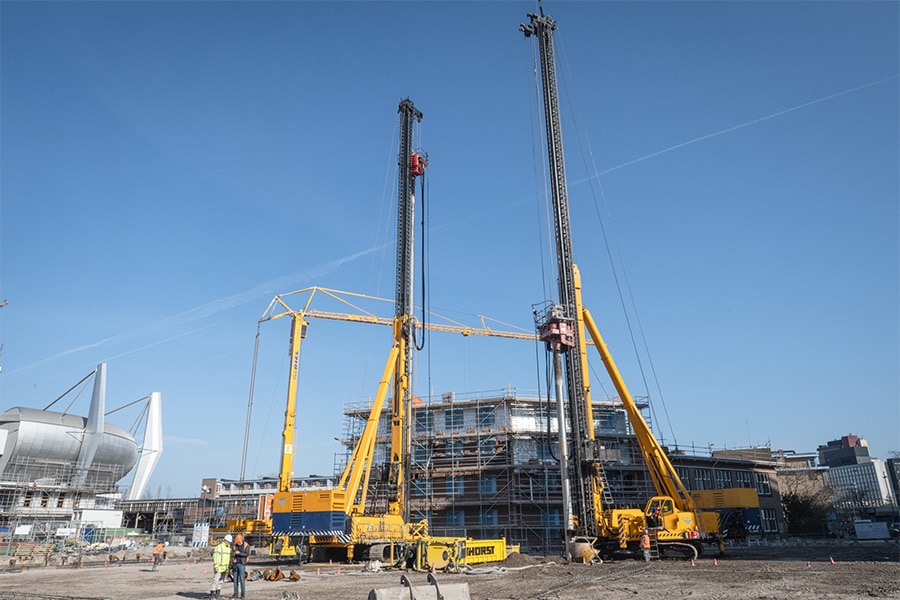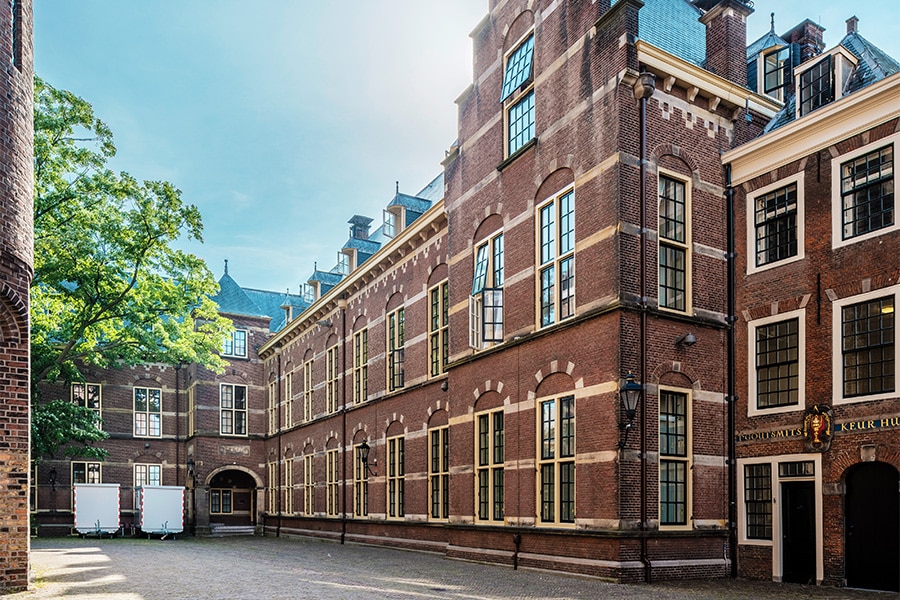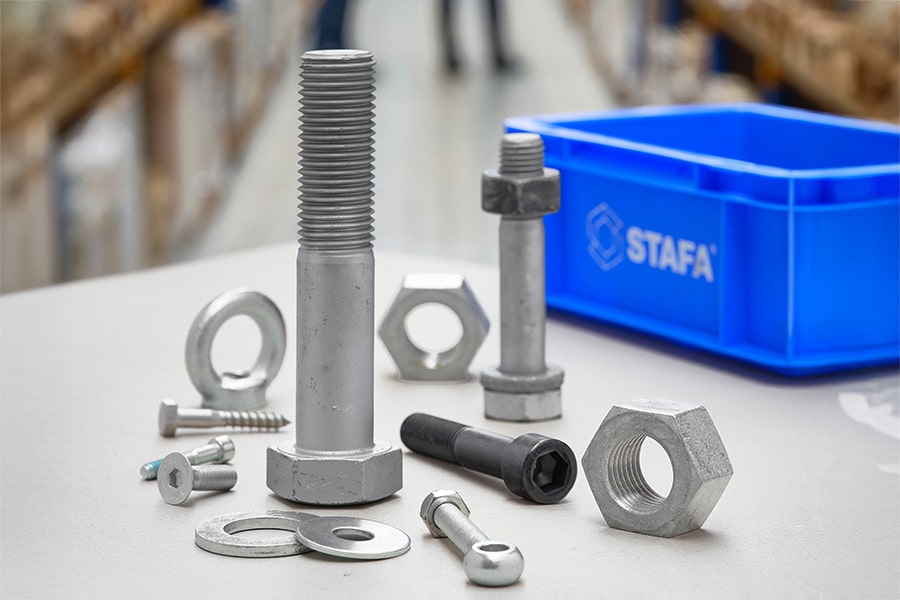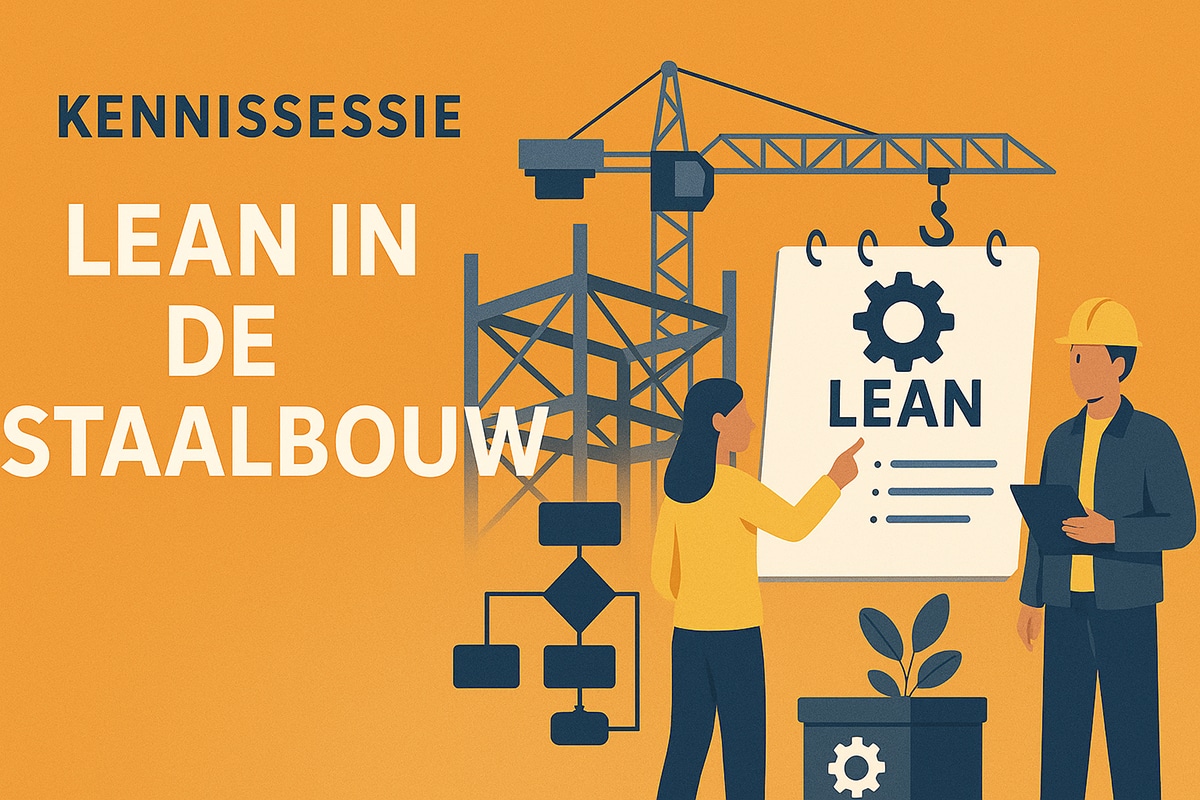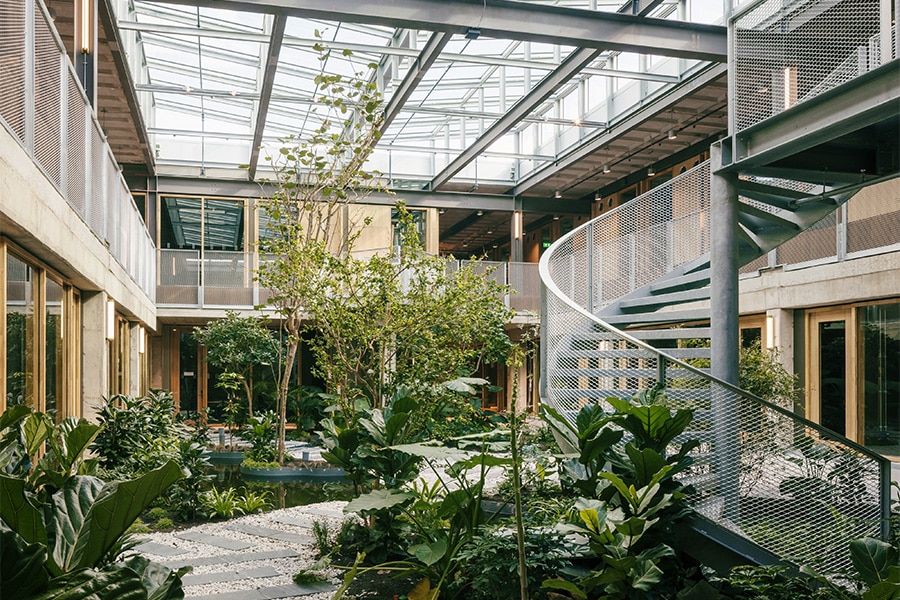
Hot-dip galvanized steel scores well for TU Twente transformation
CIVIC Architects is a firm founded in 2015 that has delivered three major transformation projects in addition to a lot of smaller projects: the LocHal (Public Library Tilburg), the shoe museum and TU Twente. Architect Rick ten Doeschate: "It's challenging in an interesting way, existing buildings actually force you to come up with solutions that are not very standard. That's always fun as an architect and creates buildings that have a certain character, which you can hardly achieve with new construction. At Langezijds (TU Twente), the project contours were already outlined by the client: transform an old chemical laboratory into this new faculty."
Striking are the material choices for the building: concrete, galvanized steel, wood and, which also works well, no garish colors in the building. Ten Doeschate: "We are trying to achieve several goals at the same time, and the choice of materials also came about from a number of perspectives. One of those perspectives was that the existing building has clear characteristics: a concrete first floor and a light steel superstructure. We wanted to build on that." A second perspective was the circular ambitions. "We wanted to enrich the existing palette of concrete and steel with wood. A wood raised floor and most of the interior walls made of wood provide warmth. Also, wood is a sustainable material."
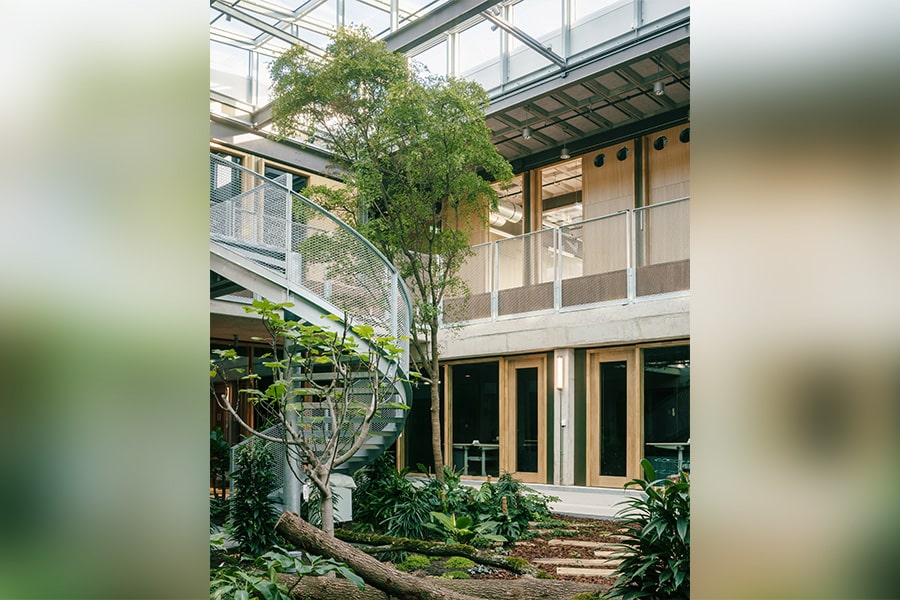
The building contains a lot of galvanized steel in various applications. Why that choice?
Ten Doeschate: "Among other things, we chose steel to match the existing steel. Then we started thinking about what this should look like. With steel, of course, you can go in any direction. That's where the series of discussions with the users came in. This is then also a special faculty, ITC, roughly the GEO Faculty of the University of Twente." At some point it was decided that the faculty should be integrated within the university campus. "But surely the users also very much wanted to maintain and propagate their own identity. The new ITC has a more specific architecture that embraces the imperfections of the existing building. The coffered ceiling and the concrete and steel shell are visible, including damage and signs of use. Combined with the sustainability ambition, this determined our choice of material-specific colors and a material-specific look. That was also one of the reasons why we decided not to coat the steel but to preserve it. And that's how we arrived at the principle of hot-dip galvanizing."
Zinkinfo considers communication between architect, contractor and client very important and often finds that hot-dip galvanizing is a process that is not always well known by the architect. A number of parameters are very important, matching expectations well with what is technically possible is crucial. "We were incredibly helped by Hans Boender of Zinkinfo," says Ten Doeschate. "Anyway, as an architect you are not a specialist but a generalist. You always need advisors who can help you. For the galvanizing we also needed independent advice: how are we going to do that and what do we need to pay attention to? So it was extremely nice that we finally got in touch with Hans. This not only allowed us to take into account the properties of the material in the design process, but also, especially in the specifications phase, to define well what requirements the contractor would eventually have to meet; also during the execution process."
"It did require communication in that execution phase about exactly what to expect," Ten Doeschate says. "Because we wanted to apply the steel aesthetically throughout, we had described it that way in the specifications. This did require some extra attention, such as during transport, storage and in the galvanizing process itself."
So you specifically asked about aesthetic galvanizing?
"Yes, indeed. All the materials throughout the building are directly in view. There are no layered ceilings and there is no capping."
You just mentioned circularity briefly. We think it's an asset that you're working here with materials that are dismountable on the one hand, and very durable and maintenance-free on the other. Did this ultimately play a part in the decision to go for hot-dip galvanized steel? Not only its durability, but also its maintenance-free nature?
"Particularly the latter. Initially, we wanted to use wood instead of steel in more places because it is inherently a sustainable material. Ultimately, it is also a principle of efficient use of material, and in this respect steel scored better for some parts of the building. To give an example: we installed new atrium roofs, actually glass roofs, and there we had to deal with large spans. At first we looked at whether we could do that with wooden beams. Then we ended up with laminated beams. The combination of the fact that you use a lot of glue and at the same time create enormous construction heights, so that not enough light enters, makes you look at another material. Then steel turns out to be incredibly well suited to such a place."
"The whole facade structure is steel, for good reason, because that facade hangs almost half a meter from the center of the outer grid," Ten Doeschate said. "This whole structure is hot-dip galvanized. You also have the stairs, the fencing and the steel structure for the glass roofs. We also did a kind of small addition that is almost unrecognizable as an addition. There we continued the old steel structure with a new galvanized steel structure in the same rhythm."
Heeft u vragen over dit artikel, project of product?
Neem dan rechtstreeks contact op met ZINCINFO BENELUX.
 Contact opnemen
Contact opnemen
